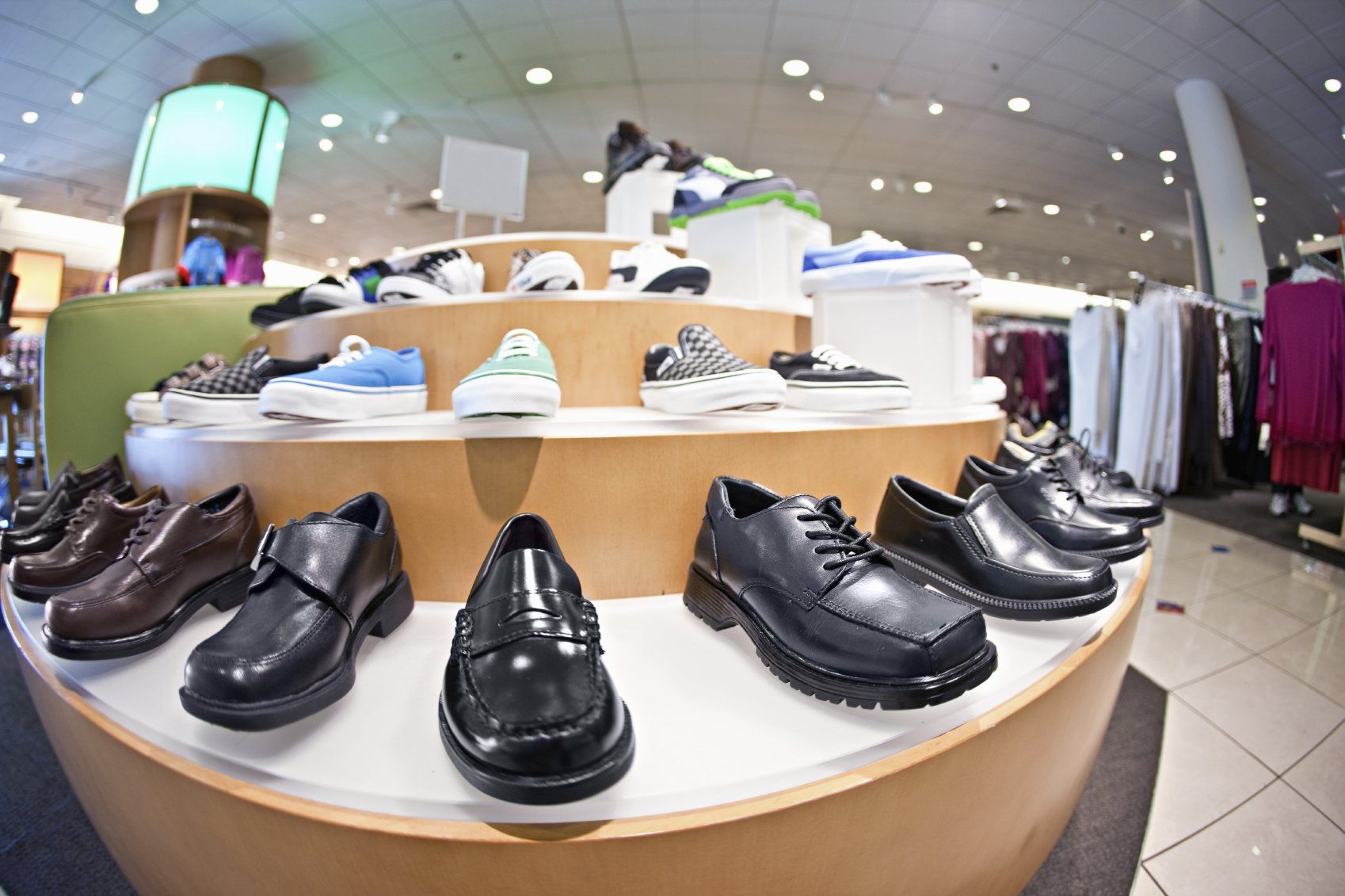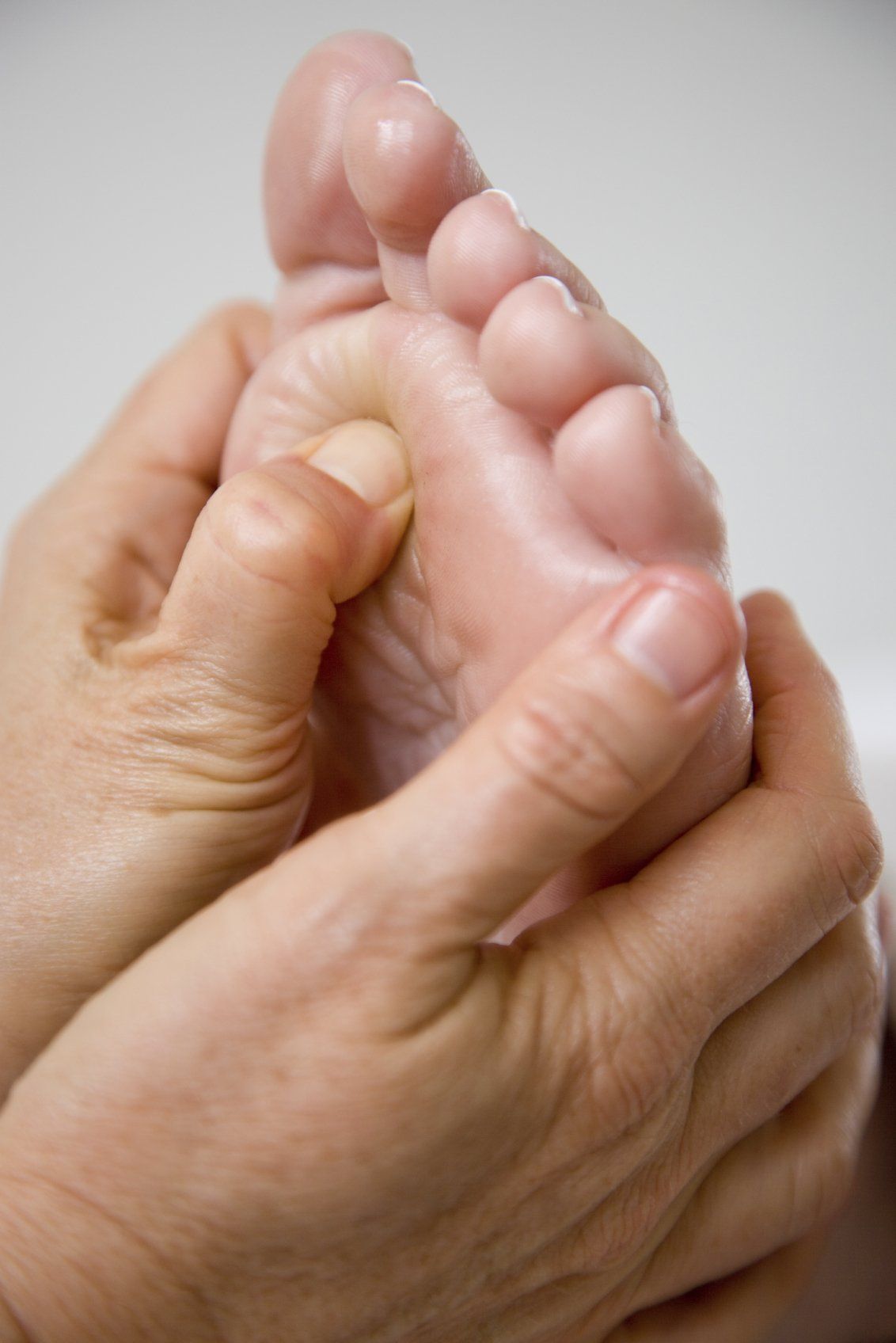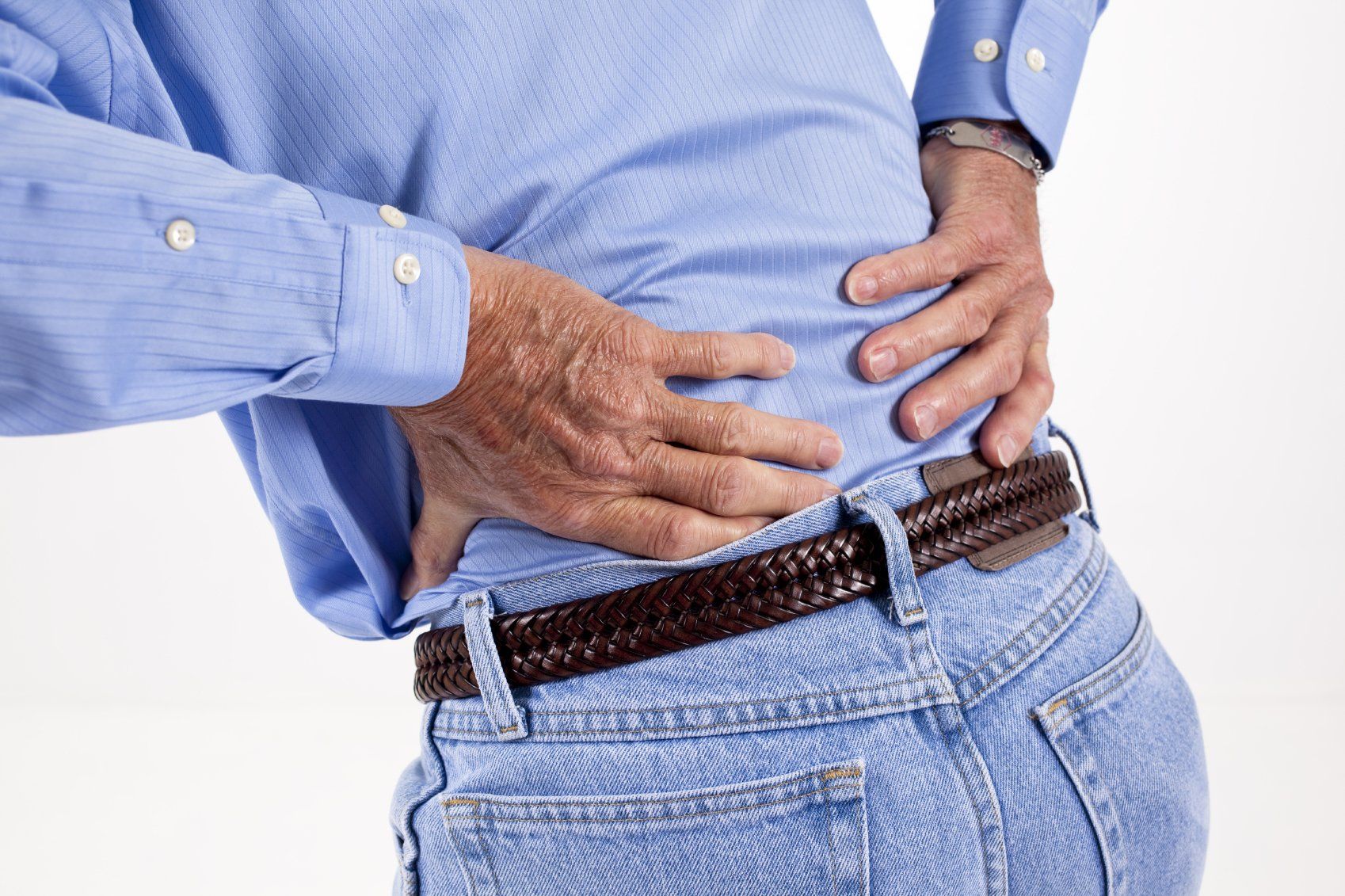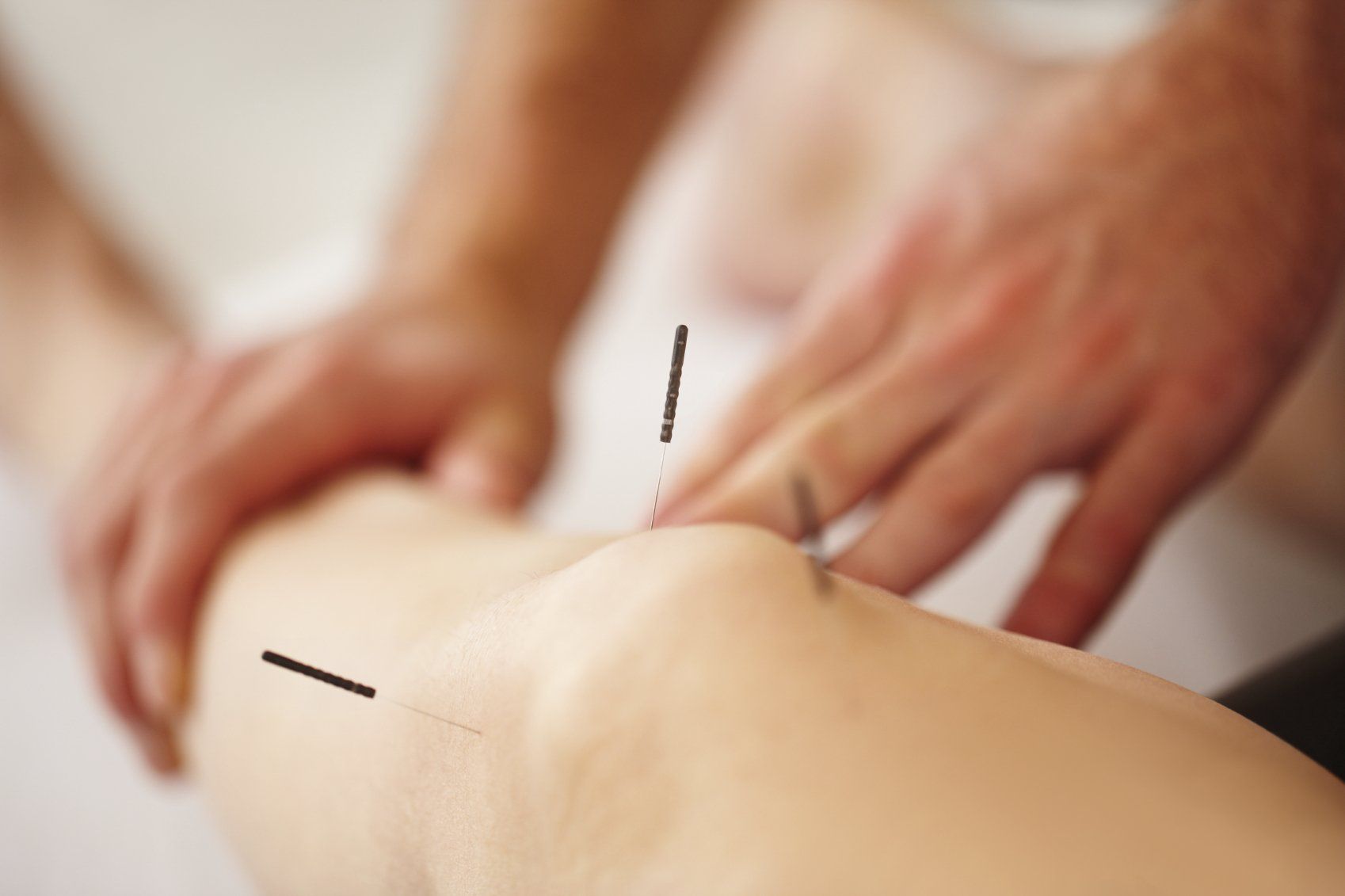Did you know that swimming can help Relieve Joint Pain? Your physio can prescribe you some water based exercises.
Isobel Evans • 21 September 2021
If you are looking for a way to stay fit and improve your arthritis symptoms, swimming or exercises in water may be the answer
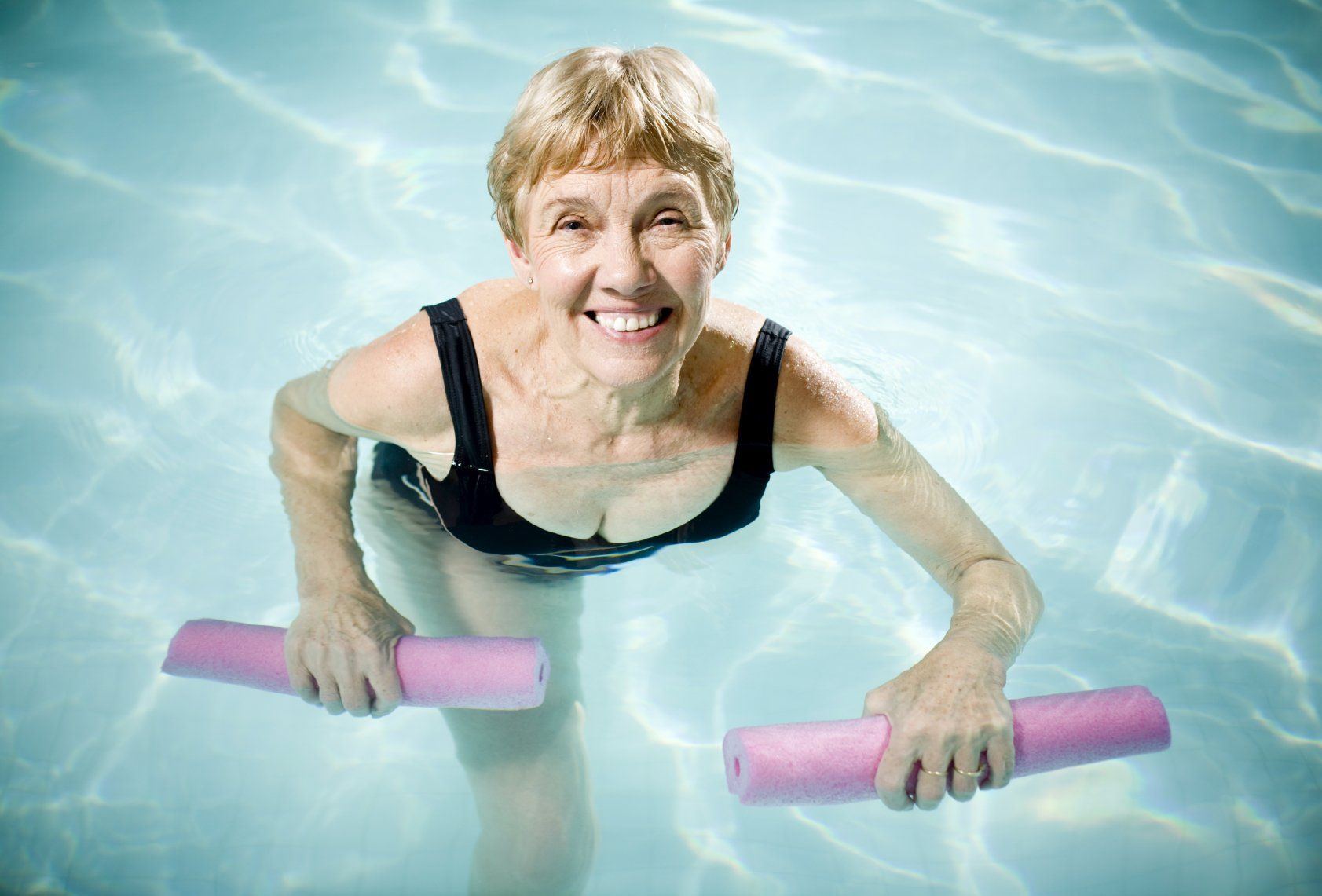
Sometimes lower limb arthritis makes it difficult to walk far without aches and pains. When you exercise in water most people find the added buoyancy of the water gives them more freedom of movement whilst also supporting the joints and so relieve pain and stiffness.
Water-based exercises are also great for
:
- improving posture,
- improving balance,
- reduce joint stiffness
- improve muscle strength
- maintaining mobility and independence
- can relieve joint pain by reducing buoyancy allowing you to exercise more:
- Hydrostatic pressure of the water provides some compression which can help to reduce swelling and
joint inflammation.
Here are my 8 top tips to get you going:
- Start simple: If you haven’t been in a pool for a long time, it will take a while to build up your stamina so don’t expect too much too soon. Even if you only swim a few lengths to start with then build up gradually it all helps.
- There are also benefits of doing simple exercises such as gentle squats or toe raises in water as well as swimming. The water’s buoyancy reduces the pressure put on the joints. When you are in waist deep water, up to 50% of your body weight is supported. Neck-deep water supports up to 90% of your weight meaning the more submerged your body is, the lighter the load is on your joints therefore more you can move, and exercise more than you can on land.
- Heat can help to ease pain- with the water ideally between 82 and 88 degrees, it may provide some pain relief. This is according to Cynthia Harrell, a physical therapist at Duke University Medical Center, Durham, N.C. Most people find temperatures in this range to be comfortable and soothing to sore joints and muscles, which makes exercise easier.
- Engage those muscles. Swimming is great resistance training. In the water, your muscles will encounter 12 times the resistance that air offers. Walking or doing any other exercise in the water requires more effort, so ultimately, you’ll be burning more calories and building more muscle, resulting stronger joints. Also, swimming uses the
postural muscles in our spine, shoulder, and legs. Strengthening these muscles helps us maintain our posture leading to less stress on our joints.
- It’s good for your heart. Because swimming is low impact, swimming or exercising in water makes it possible to do aerobic exercise that could be painful or even impossible outside of the pool. This can increase heart function and improve circulation.
- Mix up your strokes. If possible, try to do a variety of different swimming strokes rather than all the same. This way you not only strength lots of different muscles but you will fatigue less as well.
- The pool isn’t just for swimming. If you like being in water but cannot swim doing exercise classes in water is a great alternative. Meaning you can exercise your joints while being supported in water to a greater extent than you can do in a land-based class. Most leisure centres run aqua-aerobic classes in the training pool.
- Be safe. Remember to take care getting in and out of the pool, wearing water shoes can help prevent slipping. If you aren’t a confident swimmer using buoyancy aids such as noodles or floats can be a great help.
If you’re looking for a way to stay fit and improve your arthritis symptoms, swimming or exercises in water may be the answer. If you have any questions regarding starting swimming, please do contact physiotherapy at The village clinic. We can prescribe you a specific set of hydrotherapy exercises for you to try in your local pool
Telephone: 01242 673507 or Email mail@villageclinic.co.uk
REF: Journal of Human kinetics Vol.44,Dec 9 2014 ‘The Properties of water and
their applications for training.’ Lorena Torres-Ronda and Xavi Schelling I del
Alcazar.

What is therapeutic laser? And how does it work? Therapeutic laser uses the power of light to reduce pain, inflammation and swelling as well as to encourage your body’s own healing mechanisms. It’s great for treating a huge range of problems including tendonitis, plantar fasciitis, wounds, bursitis, muscle tears and injuries. Laser can be used on both chronic (long term) and acute (recent) conditions. My 2 most recent successes that have totally stunned me as to how well they responded were a chronic back pain giving sciatic pain in the leg and an acute knee anterior cruciate ligament rupture. Both very different conditions where we used different layered settings, but both responded incredibly well and only needed up to 3 treatments. We have had our laser machine for 18 months now and I've only had 2 patients wish to stop their treatments due to limited benefits... most are keen to have the full course of 6 treatments or more. Laser therapy involves directing light energy into inflamed or damaged tissue to accelerate the body's natural healing process. The laser is placed in direct contact with the skin which enables specific wavelengths of light to penetrate the tissue and interact with molecules within the cells to cause several biochemical effects. One of the most important effects of laser therapy is encouraging blood flow into the area being treated. This means the cells there have a better supply of oxygen and nutrients and that waste products and swelling can be flushed out. Laser helps to reduce pain by slowing down the speed of the pain messages in nerves and it reduces inflammation by lowering the number of cells promoting the inflammatory process in the area treated. After laser treatment muscles are better able to relax and movement can become easier as a result. The treatment is painless, non-invasive and offers a drug free alternative to anti-inflammatories, pain killers and steroid injections. If you’re interested in how laser treatment could help you, please get in touch for more information 01242 673507 or mail@villageclinic.co.uk




